

Engage prospects with a scan and streamline customer engagement with FREE QR code marketing tools by Sona – no strings attached!
Create a Free QR CodeFree consultation

No commitment

Engage prospects with a scan and streamline customer engagement with FREE QR code marketing tools by Sona – no strings attached!
Create a Free QR CodeFree consultation

No commitment
In today’s digitally driven world, QR codes in marketing have evolved from a novelty to a strategic powerhouse in bridging offline engagement with online action. For used store fixture retailers, QR codes represent a frictionless, cost-effective way to drive conversions, streamline buying processes, and connect in-store interest with digital experiences without requiring an app download or complex setup. When your showroom traffic is high but leads are light, QR codes help you capture intent at the exact moment curiosity peaks.
By placing QR-enabled tags on fixtures such as QR on fixtures and embedding QR calls to action across print and out-of-home media, retailers can turn anonymous engagement into measurable signals. These scans route visitors to online catalogs, quote forms, and booking pages; they also feed behavior into CRM and ad platforms, enabling timely follow-up. The result is a smoother customer journey, stronger attribution, and a measurable lift in sales velocity across refurbished shelving, gondolas, slatwall, counters, and display equipment. Start creating QR codes for free.
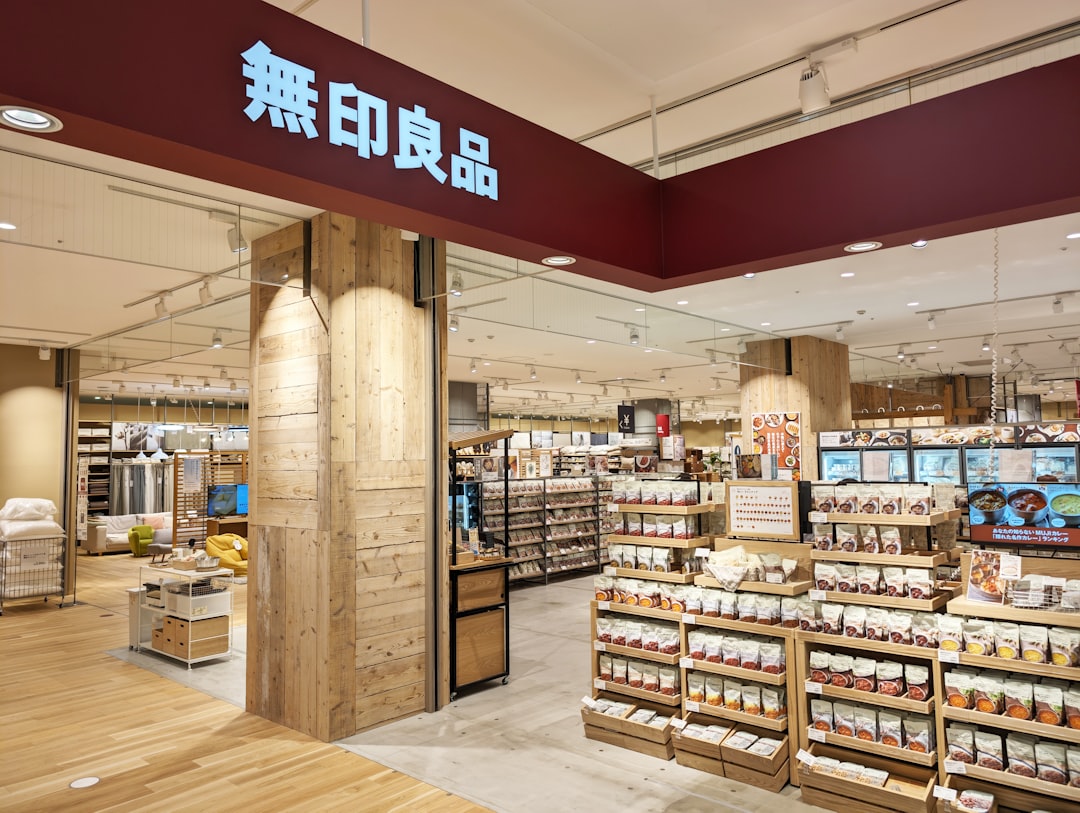
Store fixture retailers routinely face a gap between physical interest and digital action. A buyer may admire a refurbished gondola, snap a photo, then leave without talking to sales. QR codes close this gap by making every fixture a clickable surface. Replacing analog processes such as printed catalogs, clipboard sign-up sheets, and verbal price checks with QR-powered landing pages gives shoppers immediate access to specs, pricing ranges, and quote request forms, while giving your team first-party data and conversion opportunities.
Modern platforms like Sona QR allow you to monitor every scan and pass that behavior into your CRM, marketing automation, and ad accounts. You can identify which fixtures, signage placements, or events drive high-intent activity and then automate outreach based on what a prospect scanned. This reduces time to first contact, improves personalization, and increases win rates when buyers are comparing vendors. Dynamic QR codes help you update links as inventory moves, so a tag on a shelving unit can always route to live stock or a relevant alternative if the original item sells.
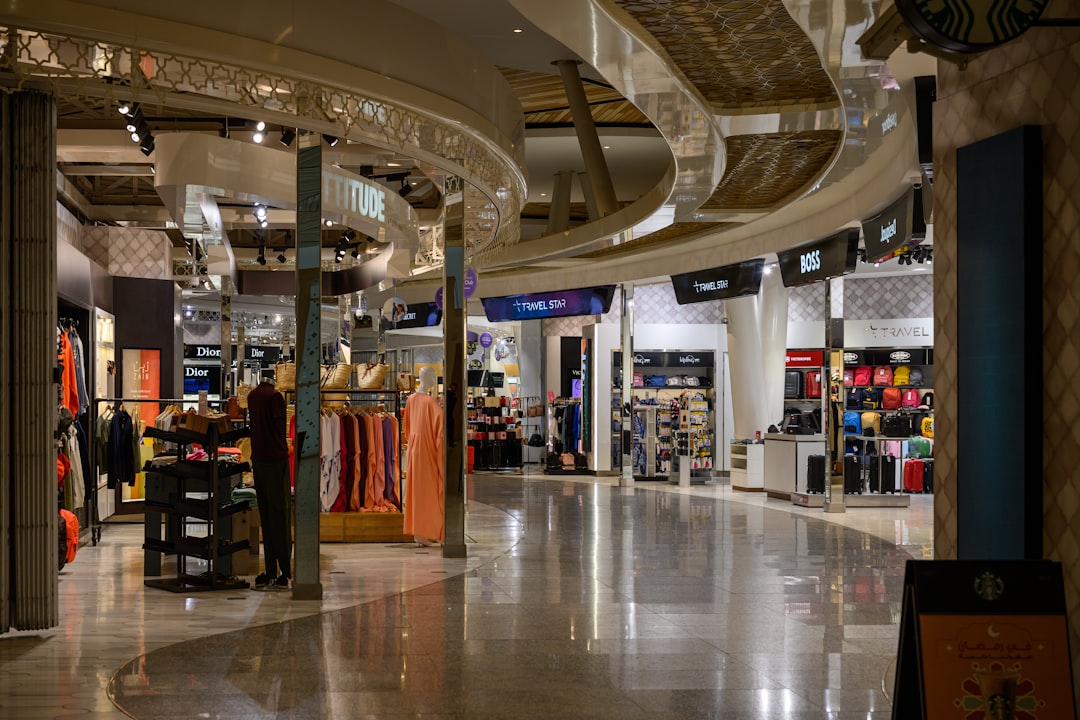
Many used store fixture retailers struggle with a visibility gap. Foot traffic may be strong, yet much of it remains anonymous. Without a way to connect browsing behavior to digital profiles, sales teams cannot distinguish serious buyers from window shoppers, and marketing cannot attribute results to in-store activity. QR codes solve this by capturing intent where it happens, then connecting that signal to systems that can act on it. For practical retail examples, see retail QR codes.
QR codes are particularly effective in an environment where product uniqueness, condition, and availability change quickly. Used fixtures are not one-size-fits-all; customers need details, compatibility guidance, and pricing confirmation. QR codes help facilitate this at the shelf, on the pallet, or in the catalog, while generating data on what buyers want.
For used store fixture retailers, these benefits apply to common materials and touchpoints such as price tags, spec cards clipped to shelving, window decals for after-hours engagement, pallet labels during warehouse sales, invoices that upsell installation, and flyers distributed at liquidation or remodel events.
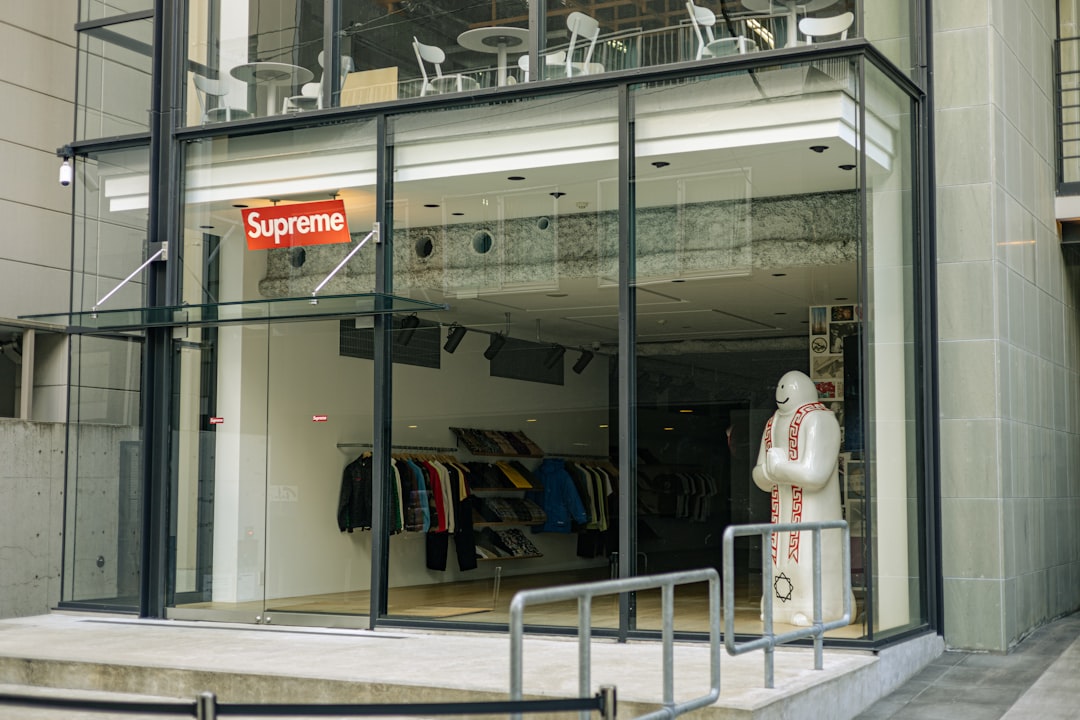
Choosing the right format ensures scans trigger the right action with minimal friction. In the used fixture category, a mix of utility and immediacy usually performs best.
Dynamic codes are recommended for most in-store and print placements. They allow you to update destinations when inventory changes, A/B test landing pages, and apply UTM parameters retroactively. Static codes are acceptable for evergreen assets such as general contact info or a permanent installation safety guide.
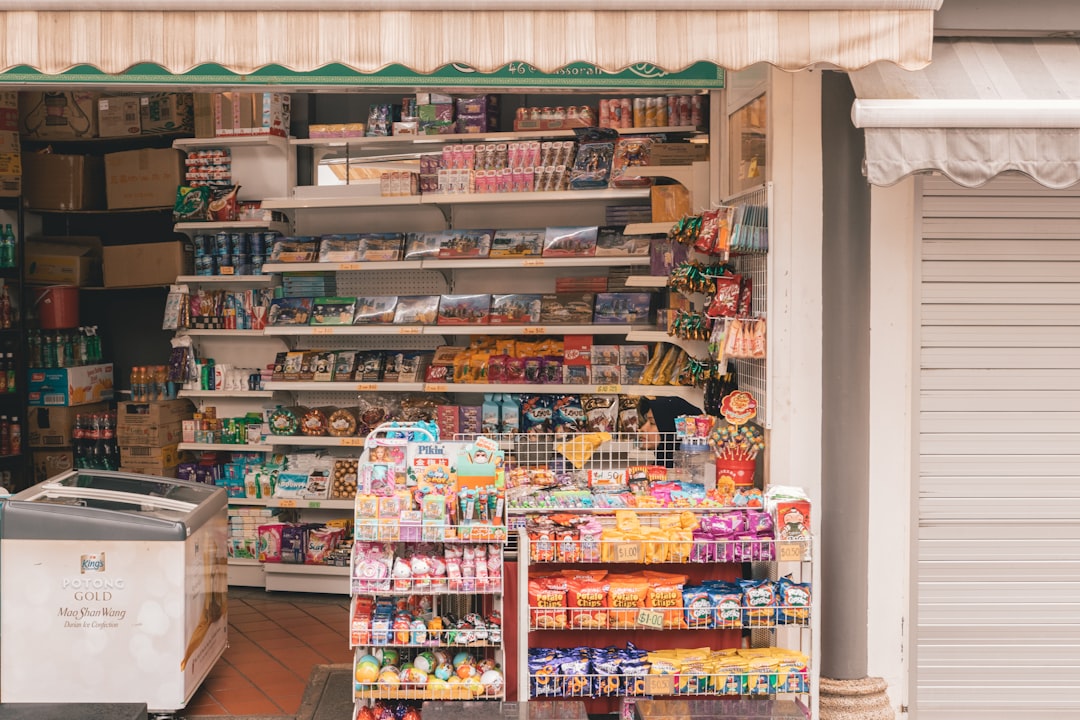
Growth comes from revealing and activating previously invisible demand. Used store fixture retailers have several high-yield placements where QR codes can convert curiosity into pipeline.
Place codes where hands and eyes are already engaged. A QR on a price tag that says Scan for exact quote and live availability captures intent at the shelf. A code on window signage that says Scan to see today’s clearance converts passersby into late-night browsers who may schedule a visit or request a hold. Explore ideas for storefronts.
Mapping scan activity by fixture, location, and channel reveals patterns such as which price points attract the most scans or which store areas underperform. This data informs merchandising, staffing, and promotional decisions that lift overall conversion.
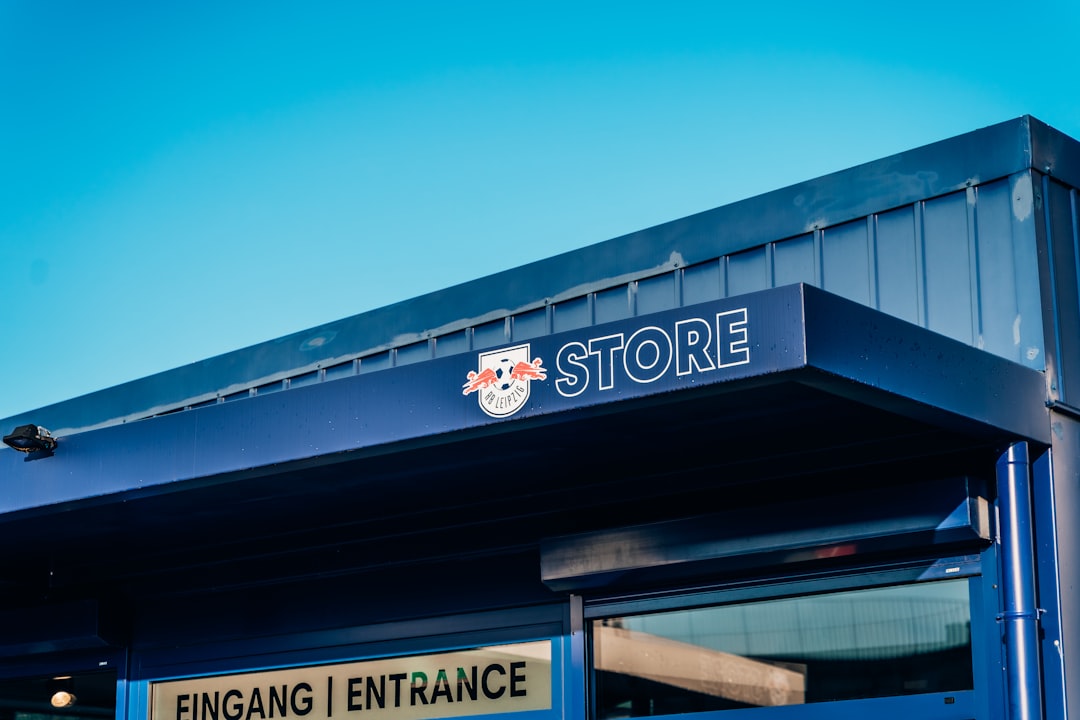
The most effective QR deployments align to real customer behaviors, from quick price checks to complex planning conversations. Below are high-impact use cases that consistently deliver measurable outcomes.
These use cases streamline decisions, capture intent earlier, and provide context for personalized outreach. Retailers often see meaningful lifts in engagement when QR calls to action are clear, benefit-driven, and positioned at the true moment of interest.
Every scan carries context: which fixture or category was scanned, where it happened, and when. Used store fixture retailers can convert this context into segmented audiences for retargeting and lifecycle marketing.
Start by assigning unique QR codes to each fixture category and placement. A scan on a black gondola in the clearance zone signals different intent than a scan on a premium counter in the consultation area. With Sona QR, you can tag these codes to feed CRM fields and ad audiences automatically.
For step-by-step targeting, see Sona’s Playbook titled Intent-Driven Retargeting.
When you retarget based on real behavior rather than assumptions, you reduce wasted spend and deliver content that matches buyer intent. This increases relevance, improves conversion, and surfaces upsell or cross-sell moments at exactly the right time.
QR codes connect offline attention to digital results, turning every print or physical asset into a measurable entry point. For used store fixture retailers, this means you can finally see which flyers, pallets, fixtures, or window signs produce qualified demand, then optimize in near real time.
Here are five effective integrations tailored to this vertical:
With a platform like Sona QR, you can manage codes centrally, monitor performance, sync scan data to CRM and ad tools, and measure how QR activity contributes to pipeline and revenue.
A strong rollout starts with clear goals and ends with measurable gains. This checklist aligns team members around outcomes, creative, placement, and analytics so QR codes move from experiment to proven engine.
Before you begin, map your buyer journey and identify friction points. Do visitors often ask for dimensions, wonder about compatibility, or leave without a price? Each pain point becomes a QR use case that shortens the path to action and captures data you can use.
Define your campaign goal. Examples include Increase scan-to-quote requests for gondolas by 25 percent, Book more installation consultations on premium counters, or Convert after-hours window shoppers into appointments. Align the use case with a high-impact outcome such as faster quotes, higher close rates, or more add-on sales.
Assess where intent peaks. If customers gather around clearance pallets, a QR that loads today’s remaining items and a Hold this item form can unlock immediate conversions. If shoppers hesitate on accessory choices, a QR to a compatibility guide with add-to-quote options can lift order value.
Choose dynamic codes for trackable, editable destinations such as pricing pages, inventory categories, or quote forms. Dynamic codes let you update links as inventory changes and capture scan data for attribution and retargeting.
Reserve static codes for permanent resources that rarely change, such as a general showroom map or a basic installation safety guide. For lead capture, appointments, or promotions, dynamic codes are the standard since they provide flexibility and analytics.
Design for real-world conditions. Add a clear frame around the QR, include your logo for trust, and place a benefit-driven call to action directly beneath the code. Examples include Scan to see live stock, Scan for exact quote in under 60 seconds, or Scan to book installation.
Test on multiple devices and in different lighting. Showrooms and warehouses vary from bright to dim. Validate scannability at arm’s length, at an angle, and at expected viewing distances. Adjust size to match context, for example larger codes on windows for sidewalk scans and smaller codes on price tags for close-up engagement.
Start where you can capture the most value quickly. Prioritize fixtures with high interest, clearance areas, windows, and event signage. Add codes to brochures and direct mail for buyers who prefer print. Label pallets and shipping documents to capture downstream engagement from the receiving team.
Match placement and message to context. A code on slatwall should promise compatibility guidance, while a code on a counter should emphasize booking a design session. Use unique codes by placement so you can measure performance precisely.
Instrument everything with UTM parameters and consistent naming conventions. Monitor scan volume by placement, scan-to-form completion rates, and assisted conversion metrics such as email sign-ups or calls that follow a scan.
Use insights to refine. Move underperforming codes to eye-level, tweak calls to action, test alternative landing pages, and adjust offers by category or store. With Sona QR and Sona’s blog post, connect scans to CRM records, trigger automations, and attribute revenue so you can scale what works and cut what does not.
Retailers often cite a visibility problem. They know people are browsing but cannot see which in-store actions lead to a quote, consultation, or sale. QR codes transform physical engagement into measurable events, and modern tools convert those events into insights that drive revenue.
A best-in-class setup tracks each scan with context such as device, location, time, and associated fixture. That event syncs to your CRM and analytics stack, where workflows can score leads, notify reps, and trigger personalized journeys. Downstream, multi-touch attribution connects the dots from first scan to closed revenue.
With Sona QR, you can track scans by time, device, and location, measure engagement by channel and context, respond while campaigns run, sync with your CRM, and attribute revenue through Sona.com. The payoff is a connected view from physical interest to digital outcome.
QR performance improves when you align creative, placement, and follow-up with how customers shop for used fixtures. These tips help you capture more scans and translate them into pipeline faster.
These practices build momentum, especially when combined with strong CTAs and helpful landing pages. The more your QR strategy aligns with real buyer questions and actions, the more it will contribute to pipeline growth.
Compared to analog processes, QR-driven workflows reduce friction at every stage. A printed catalog cannot reflect live availability, but a QR to your inventory page can. A paper sign-up sheet leads to slow follow-up and data entry errors, but a QR form creates structured, time-stamped data with instant routing. See this retail overview on QR in retail.
Economically, QR codes reduce cost per lead and increase return on spend by making offline media measurable. Retailers report conversion lifts after identifying high-performing fixtures based on scan data and reallocating attention accordingly. For example, moving QR-enabled spec cards to eye level on gondolas and adding Scan to see exact quote messaging often increases scan rates dramatically, which in turn raises quote volume. Many teams see scan-to-quote lift of 15 to 30 percent within the first 60 days when they optimize placement and landing pages, with overall conversion gains above 20 percent once follow-up automation and segmentation are in place.
Practical considerations matter in fixture environments. Metal surfaces can cause glare under showroom lighting. Use matte laminates, proper code sizing, and slight angles to reduce reflection and improve scannability. For rugged warehouse scenarios, use durable labels and protect codes with clear covers. Always test under realistic conditions before full deployment.
Legal and compliance considerations are straightforward but essential. Include transparent consent language on QR-driven forms, provide privacy notices, and comply with regulations such as GDPR and CCPA. If you capture location data or tie scans to profiles, disclose this and offer an opt-out. Ensure landing pages are accessible and mobile friendly. Include alt text and sufficient color contrast so your QR-enabled experiences work for everyone.
Operational readiness is equally important. Brief staff on how QR codes fit into the sales process, from pointing out codes during tours to checking dashboards for hot scans. Provide quick guides so the team can answer common questions about scanning, privacy, and next steps. When teams embrace the workflow, both employees and customers benefit.
QR codes are more than shortcuts; they are a strategy for capturing and converting intent in environments where interest is physical and inventory changes often. For used store fixture retailers, QR technology turns every display unit, price tag, and window into a digital entry point that routes buyers to the next best action, whether that is viewing specs, requesting a quote, or booking installation.
When supported by robust tracking and timely analytics, QR campaigns deliver connected experiences and measurable results. You gain visibility into which fixtures and placements drive real demand, attribute sales to offline touchpoints, and automate follow-up based on what buyers actually scanned. With platforms like Sona QR and Sona.com, it becomes simple to manage codes, centralize analytics, and connect scan activity to pipeline and revenue. Create your first trackable QR code at Sona QR.
QR codes have transformed used store fixture retailers from relying on traditional, static promotions into dynamic, data-driven sales accelerators. Whether it’s attracting new customers, enhancing in-store experiences, or streamlining inventory engagement, QR codes turn every fixture into an interactive touchpoint that drives conversions and deepens customer connection. Imagine instantly knowing which fixtures catch the most attention and translating that insight into targeted marketing that boosts sales.
With Sona QR, you can effortlessly create dynamic, trackable QR codes that update in real time—no need to reprint signage or fixtures. Every scan connects directly to measurable revenue, enabling you to optimize campaigns quickly and capitalize on customer interest. Say goodbye to guesswork and hello to smarter, more profitable growth.
Start for free with Sona QR today and transform your used store fixtures into powerful conversion tools that engage shoppers and drive sales like never before.
Used store fixtures offer cost efficiency, unique inventory options, and can be enhanced with QR codes to improve customer engagement, provide real-time product information, and streamline the sales process.
You can find reputable used store fixture retailers online through specialized platforms that offer refurbished shelving, gondolas, slatwall, counters, and display equipment, often supported by digital tools like Sona QR for better engagement.
Ensure quality and safety by checking detailed product specifications, load ratings, and compliance information accessible via QR codes on fixtures, and by consulting installation and ADA compliance checklists linked through these codes.
Commonly available used store fixtures include refurbished shelving, gondolas, slatwall units, counters, racks, and display equipment suitable for various retail environments.
Integrate used store fixtures by tagging them with QR codes to provide compatibility guides, installation options, and booking tools, and by strategically placing fixtures and codes in high-interest zones to align with your store’s merchandising and customer journey.
Use Sona QR's trackable codes to improve customer acquisition and engagement today.
Create Your FREE Trackable QR Code in SecondsJoin results-focused teams combining Sona Platform automation with advanced Google Ads strategies to scale lead generation

Connect your existing CRM

Free Account Enrichment

No setup fees
No commitment required

Free consultation

Get a custom Google Ads roadmap for your business






Launch campaigns that generate qualified leads in 30 days or less.
